Kia PV5 electric van confirmed for Australia with mid-2026 release date
Growing fleet demand for electric passenger and cargo vans sees Kia lock in futuristic-looking PV5 for an Australian launch next year
The Kia PV5, an electric van range comprising passenger and cargo versions across 16 variants, will launch in Korea later this year with an Australian release confirmed with local arrival timing set for between April and September 2026.
Identifiable by its futuristic front-end styling that incorporates helix-shaped daytime running lights stretching into the A-pillar, the PV5 is the first Kia to sit on the Hyundai group’s new E-GMP.S platform—with ‘S’ standing for ‘Services’.
All PV5 versions share a common front end, but the roof, quarter glass and rear end are all modular, with the various combinations of those pieces allowing Kia to market 16 variations.
Developed in partnership with 120 van fleet operators including rideshare platform Uber, couriers DHL Korea and power tool specialist Milwaukee, the PV5 offers a passenger configuration plus a cargo version in regular or high roof formats.
Three battery sizes are available for cargo versions, with 43.3kWh lithium iron phosphate pack set for entry-level versions while denser 51.5kWh and 71.2kWh nickel manganese cobalt (NMC) batteries optionally available. Only the NMC pair are offered for the passenger PV5.
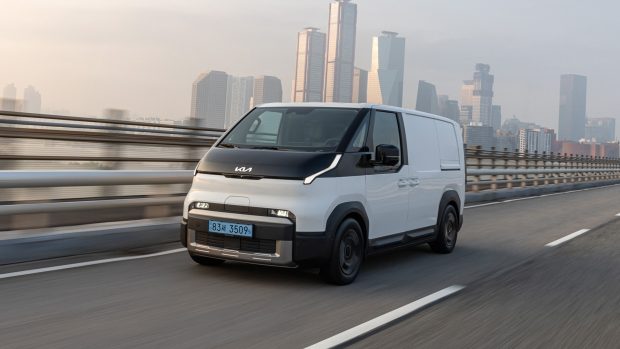
Driving range for the all-electric PV5 is said to be up to 414km in cargo form or 416km as a passenger vehicle with the 71.2kWh battery with consumption of around 17.1kWh/100km.
While DC charging speeds appears to be modest, at around 100kW peak speeds, the PV5’s driving range is considerably longer than the larger Ford E-Transit Custom (337km) or LDV eDeliver 7 (362km), though naturally diesel vans can go further.
As is common for vans, power and torque is relatively modest with 120kW/250Nm claimed to be on offer for all three battery sizes. Smart regenerative braking, accessed via a paddle shifter, uses location, traffic and driver habits to judge deceleration.
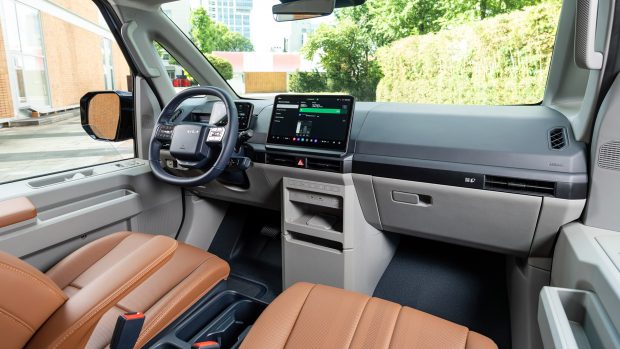
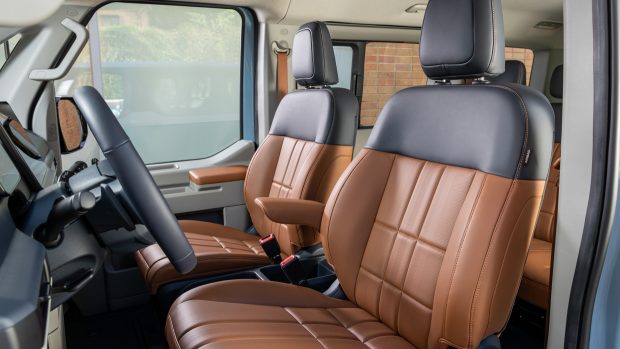
Placement of the battery deep in the chassis of the PV5 is said to lower the centre of gravity and improve driving dynamics compared to combustion vans, while the passenger version of the PV5 nabs dampers tuned for greater ride comfort.
Weight is not yet known, but the PV5 is a relatively compact, Euro-sized van measuring 4695mm in length (on a long 2995mm wheelbase), 1923mm high and 1895mm wide. Passenger versions will offer two or three rows of seating.
Cargo room measures up to 3615L in the passenger variants, or up to 5.2m3 in the high roof cargo model, while side step-in height for the people-carrier is said to be the lowest in class (at 399mm) while the cargo’s 419mm rear step height allows easy unloading.
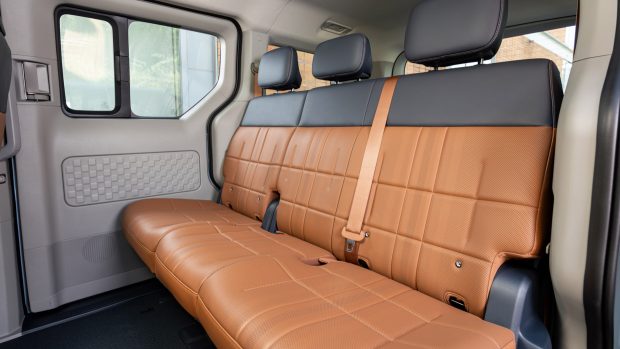
Kia says that customers requiring a larger electric van will be catered to, confirming that more capacious PV7 and PV9 models will arrive in 2027 and 2029 respectively.
Also on offer from the factory is a dedicated Wheelchair Accessible Vehicle (WAV) version of the PV5 pre-configured with a “gently sloped” side entry ramp and universal securing system. Pre-configured conversions will also be possible from the factory for certain use cases.
Feedback from fleet operators led to the inclusion of a walk-through interior for the high roof version, a removable front passenger seat for additional cargo space, and mud/coffee-resistant seat fabric.
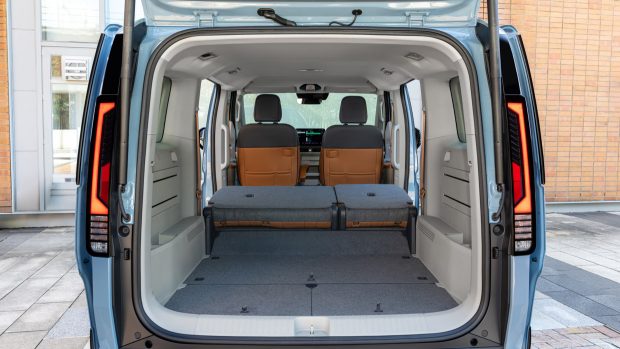
Modular mounting points throughout the cabin (and even on the roof) will allow businesses to purchase ‘stock’ PV5s and easily customise them with smartphone mounts, payment terminals, and other tools.
Energy from the PV5’s traction battery will also be able to be used to power appliances, with both exterior and interior vehicle-to-load power outlets fitted to the van providing a supply of up to 3.68kW—theoretically up to 19 hours of power at that rate.
While the cab is trimmed in hardy materials, as expected for a van, modern infotainment is fitted across two rectangular displays – a 7.5-inch unit for the driver, and a 12.9-inch central touchscreen atop air vents and physical shortcuts for common functions including the side doors.
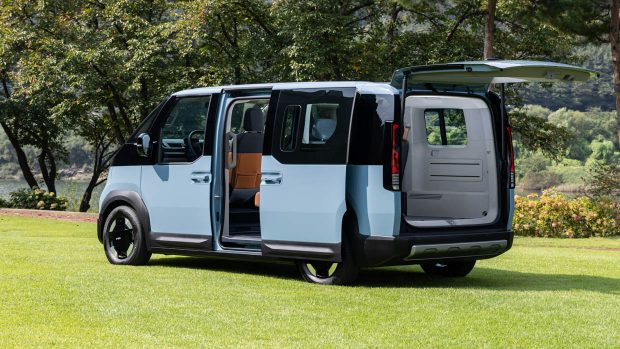
The screens run a specific operating system based on Google Android Automotive, designed specifically for Kia and Hyundai’s E.GMP-S commercial vehicle products, including access to third party apps via the Pleos app market and the ability to add conversion-related controls.
Extensive fleet management capabilities are baked into the software platform underpinning the PV5, with fleet operators able to access extensive telematics relating to location and running costs.
Production has already kicked off for the PV5 at the Hyundai/Kia plant in Hwaseong, South Korea, with next year’s Australian launch set to follow the Korean domestic market and a release in Europe.
Electric cars bounce back: Tesla Model Y and BYD Sealion 7 deliver in September just behind Toyota Hilux and Ford Ranger utes
1 week ago

Lukas Foyle
Contributor
While utes remain king in the sales castle, a pair of electric SUVs silently made their mark in September
September 2025 marks another month of strong, steady vehicle sales in Australia, totalling 106,891 total vehicle sales when combining findings from the Federal Chamber of Automobile Industry’s (FCAI) VFACTS and Electric Vehicle Council’s monthly sales results.
The result brings Australia’s total vehicle sales to 946,518 deliveries year-to-date (YTD).
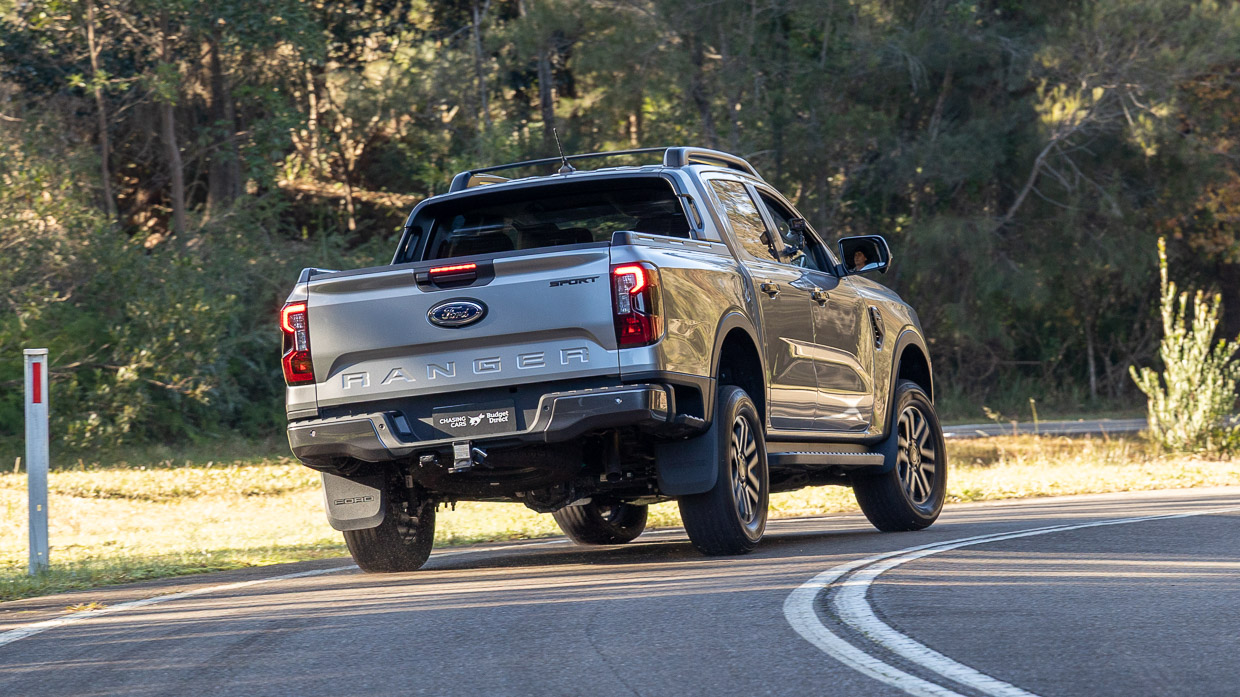
The month of September was led by Hilux and Ranger, but in a surprise turn, two electric vehicles made it into Australia’s top ten most popular models.
The Tesla Model Y was Australia’s third most popular car in September, posting an impressive sales figure of 3927, now at 17,237 sales YTD.
Tesla’s fresh-faced rival BYD saw success, too. BYD arrived in Australia just two years ago, but is already Australia’s eight most popular brand. Its Model Y rival, the Sealion 7, was Australia’s eight most popular car last month with 1887 deliveries.
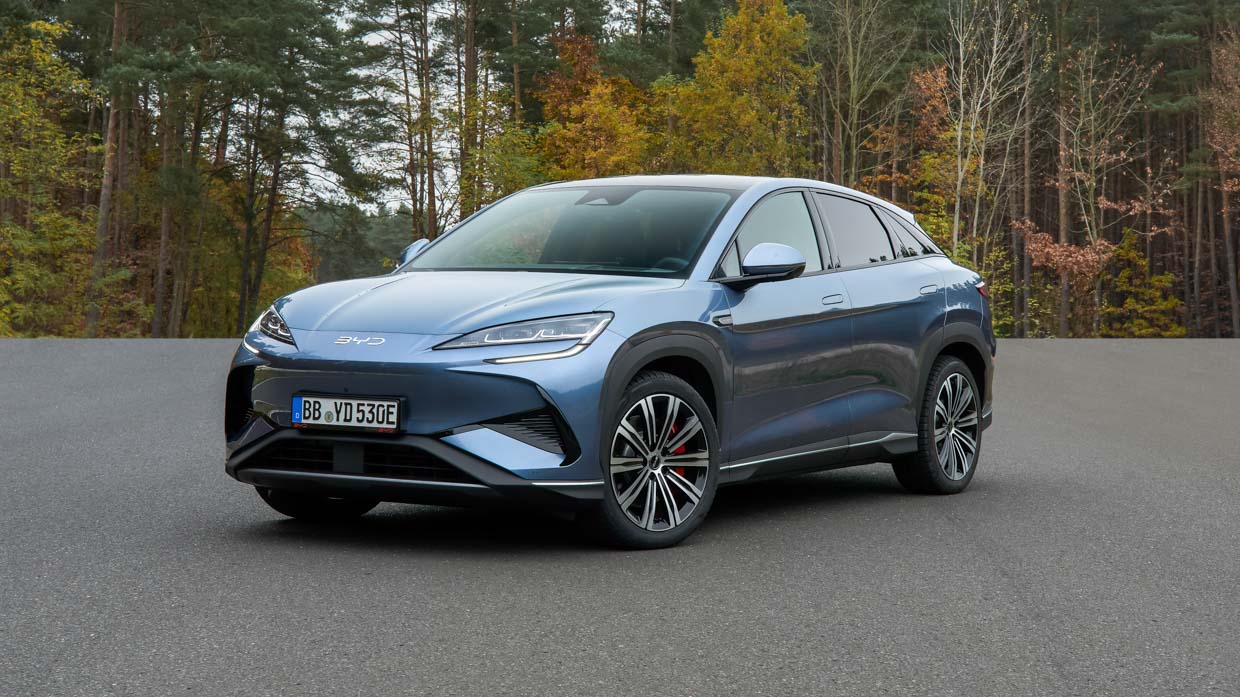
Year to date, 8,483 Sealion 7 electric SUVs have sold — less than half of Tesla’s ‘Y’ sales figure, but nonetheless impressive for a vehicle less than twelve months old.
An impressive 15.9 percent of September new vehicle sales were reported to be full EVs when combining the results of the FCAI and EV Council.
This bucks the trend of electric car stagnation, suggesting Australia could be in a second wave of EV sales growth.
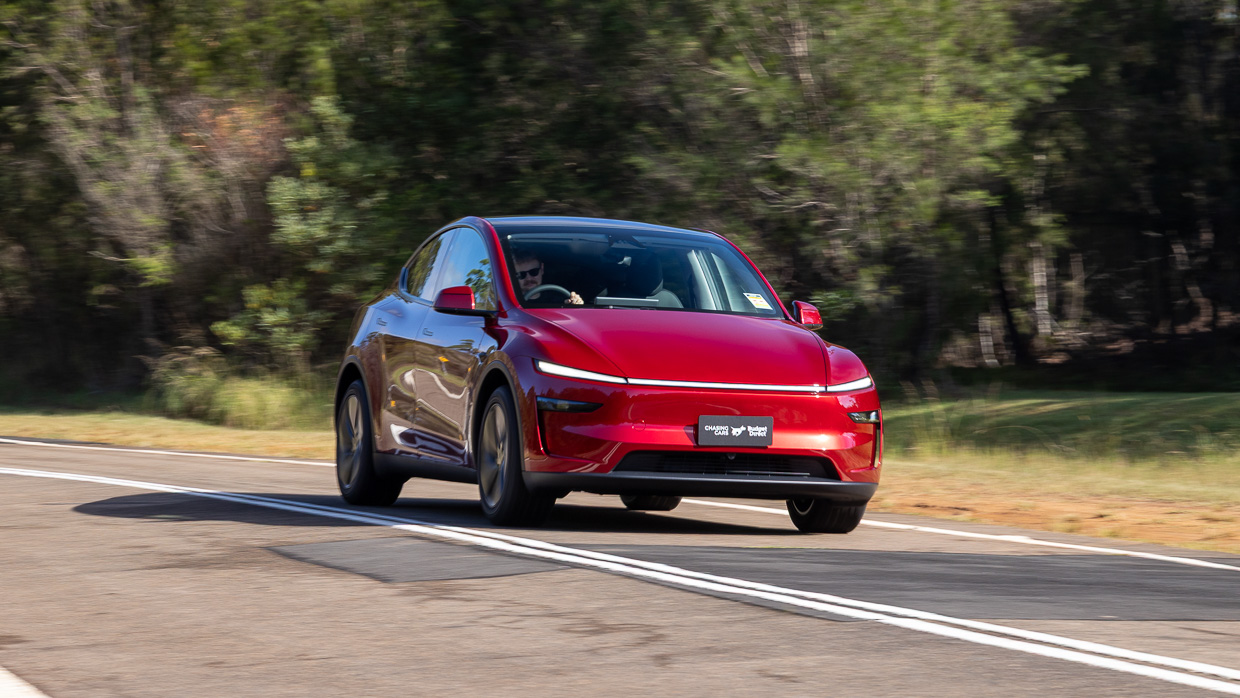
By category, September’s sales were led by SUVs, which contributed 65,511 units to take a 61.3 percent stake. Utes and pick-ups contributed 23,762 deliveries, securing a second-best 22.2 percent stake of last month’s total sales figure.
Passenger cars took the third-largest share of sales by category, with 13,746 deliveries making up 12.9 percent of new vehicle sales for September.
Best selling car brands in September
For the umpteenth time, Toyota took the position of Australia’s most popular car brand, and in a similar likeness, it will again be trailed by Ford, Mazda, Kia and Hyundai.
Toyota has now banked 181,809 vehicle sales year-to-date, leading second-place Ford’s 70,881 vehicle sales by a staggering 110,928 units.
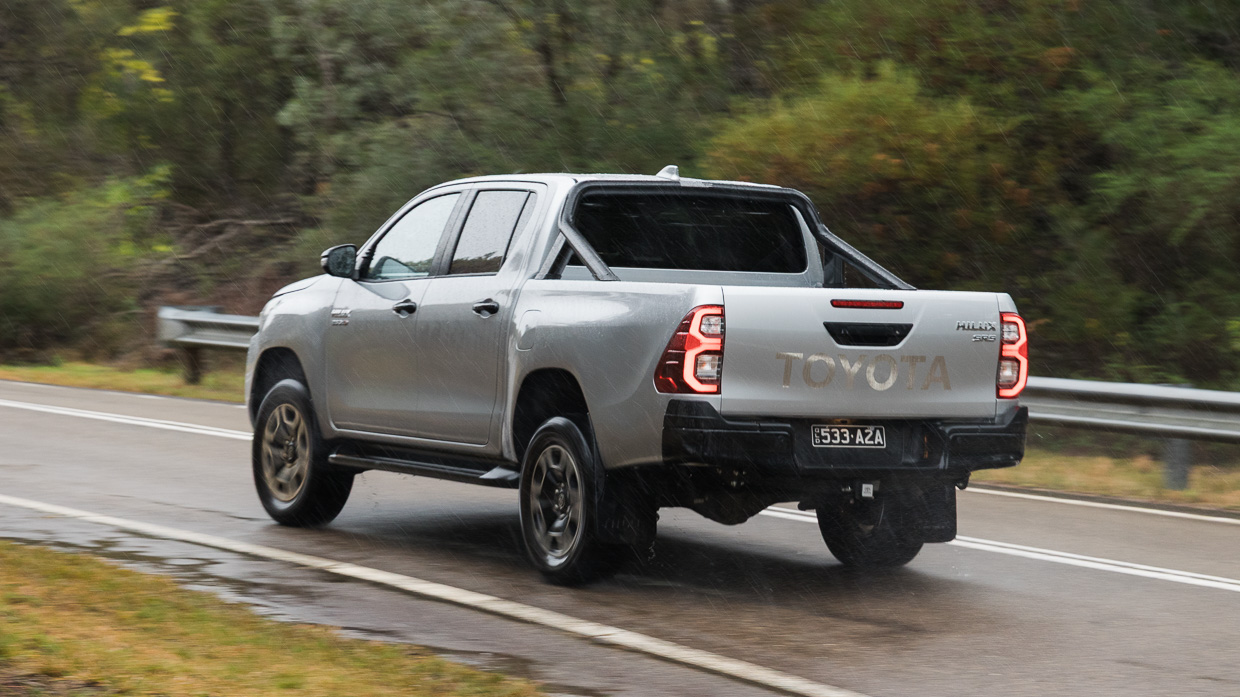
And while Ford can lay claim to second place in popularity for September, its position is much less secure than Toyota’s. Just 639 units separate Ford and Mazda, with the latter settling for third in popularity for September, and posting a YTD sales figure of 70,242.
Note that Mazda held second place in August.
At the outer edges of the podium sits Kia, in fourth place with 62,884 YTD deliveries, and Hyundai, fifth with 58,458 deliveries.
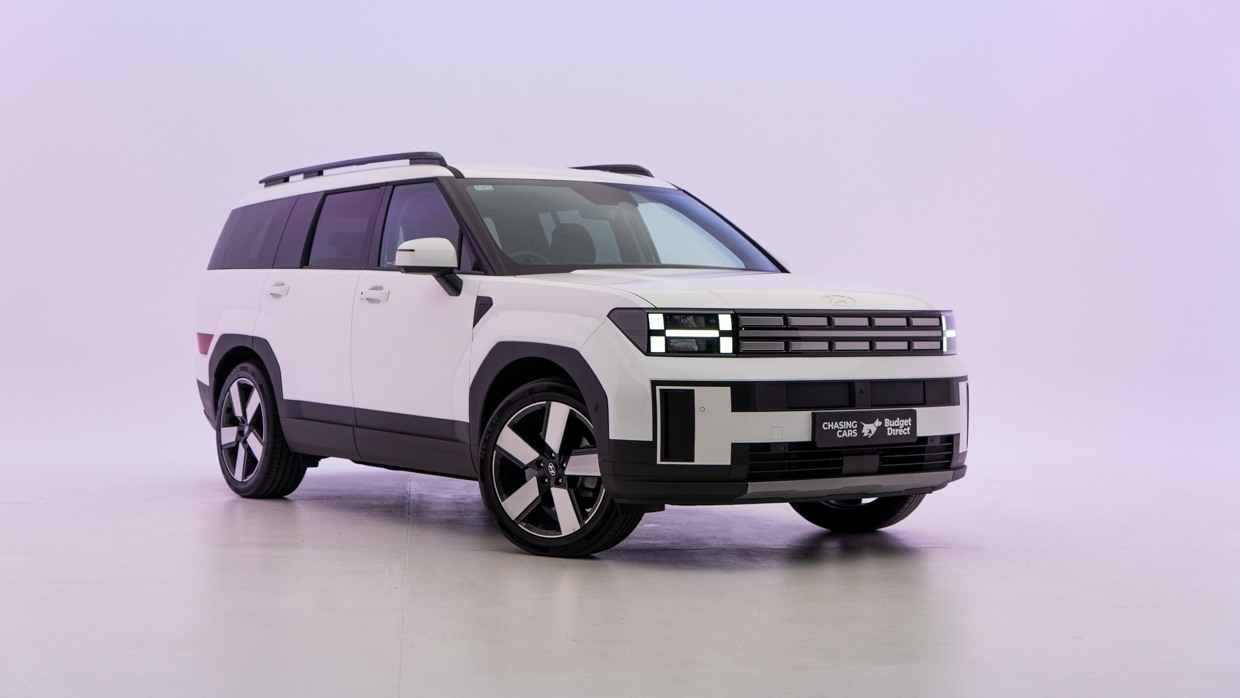
Mitsubishi remains in sixth for the year with 47,650 deliveries. Chasing Cars is eager to see how the Renault-sourced new-generation ASX will assist the three-diamond brand in bolstering its sales moving forward.
September is another great month for Chinese brands. Great Wall Motors (GWM) again took seventh, matching its August result. BYD did the same, snagging eight, and MG completed the Chinese-brand-sandwich by placing ninth.
MG’s September result is an improvement of one position over August, meaning Isuzu Ute has fallen to tenth position. Daunting, but hardly surprisingly for a brand which sells just two passenger vehicles.
| Manufacturer | Total vehicles sales YTD | Total vehicles sales YTD 2024 | % difference |
|---|---|---|---|
| Toyota | 181,809 | 183,606 | -0.98 |
| Ford | 70,881 | 74,564 | -4.94 |
| Mazda | 70,242 | 73,487 | -4.42 |
| Kia | 62,884 | 62,473 | 0.66 |
| Hyundai | 58,458 | 53,947 | 8.36 |
| Mitsubishi | 47,650 | 56,998 | -16.40 |
| GWM | 39,343 | 31,793 | 23.75 |
| BYD | 37,923 | 15,181 | 149.81 |
| MG | 32,620 | 36,096 | -9.63 |
| Isuzu Ute | 31,760 | 37,577 | -15.48 |
Best selling vehicles in September
The Toyota Hilux snagged first sales place in September, counting 5047 deliveries to reach a YTD total of 40,813 units.
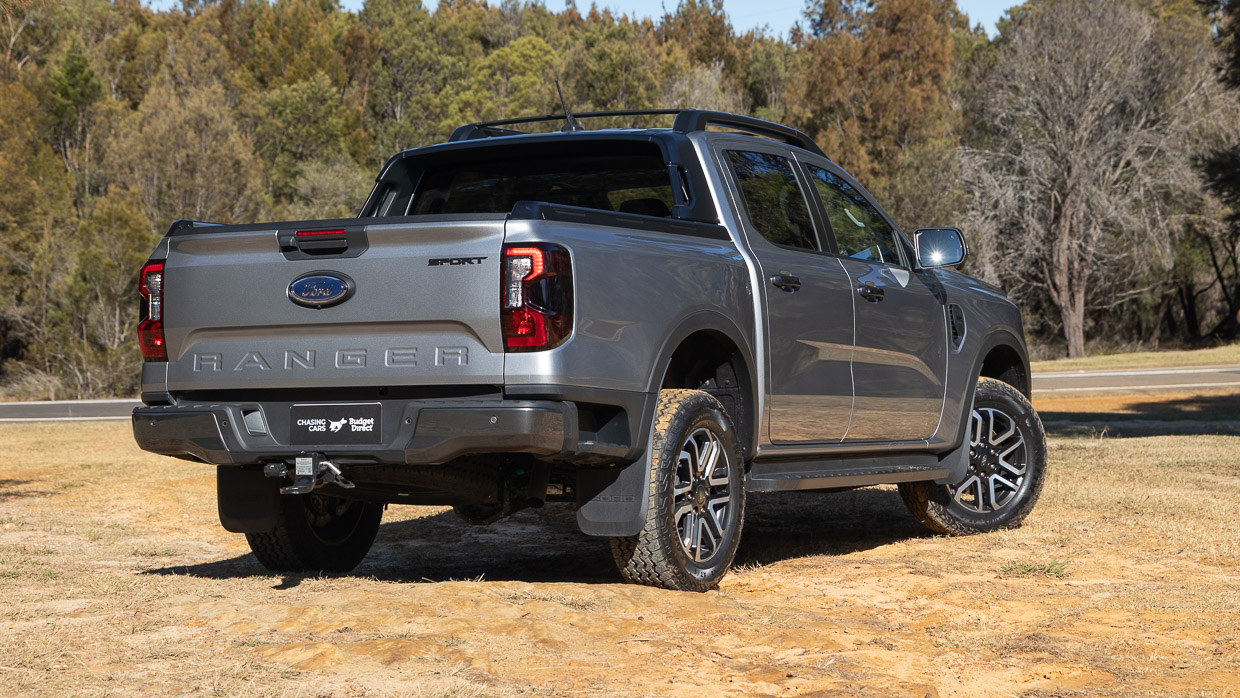
The Ford Ranger took a close second at 4867 registrations. Year to date, 42,050 Rangers have been sold.
In third place was the Tesla Model Y (3927), an astounding number for the mid-size electric SUV no-doubt bolstered by momentum acquired from the American EV brand’s Full Self Driving (Supervised) tech.
Tesla’s Model Y sales result shows a 162.2-percent increase over its posting last year, and in more recent terms, a 69.0 percent increase over its August 2025 sales figure.
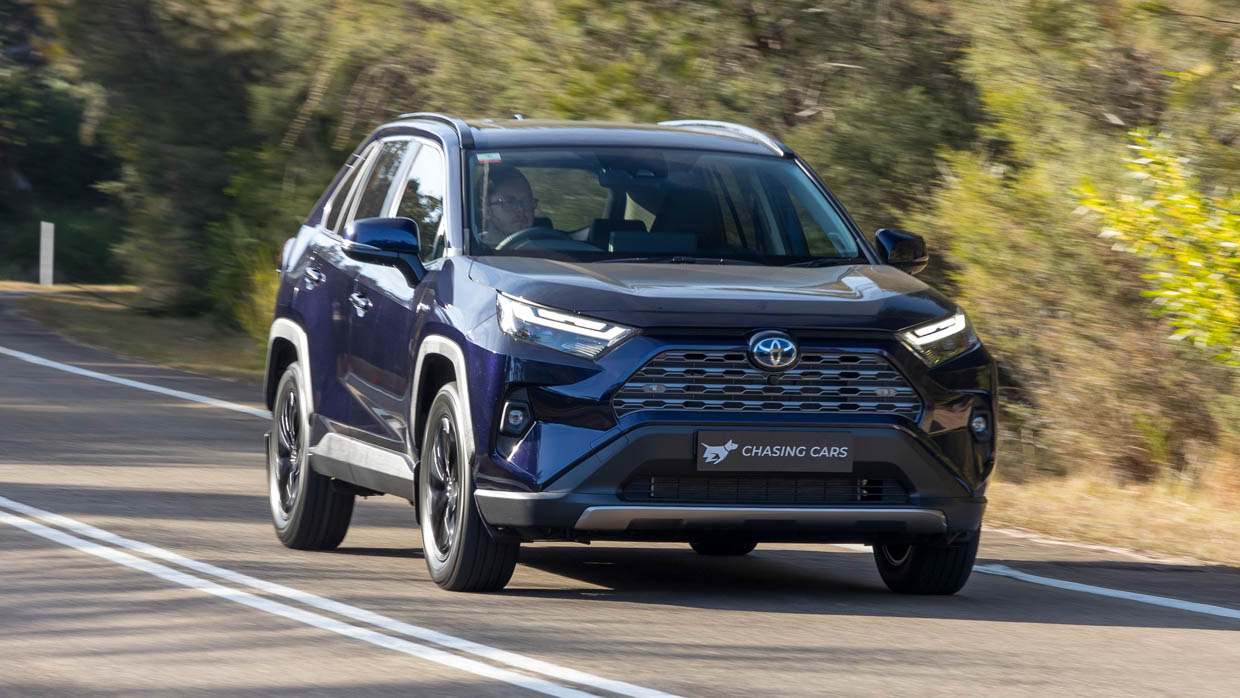
Not only was the Toyota RAV4 beaten by an electric vehicle last month, the Ford Everest also beat the popular family SUV — though by a slimmer margin of just four units.
Sales of the Toyota RAV4 are sure to skyrocket when the next-generation model makes its debut next year.
September delivered another top-ten podium finish for the Chery Tiggo 4 small SUV, which secured 2048 deliveries. The result marks the third consecutive month in which the Tiggo 4 has placed on the podium.
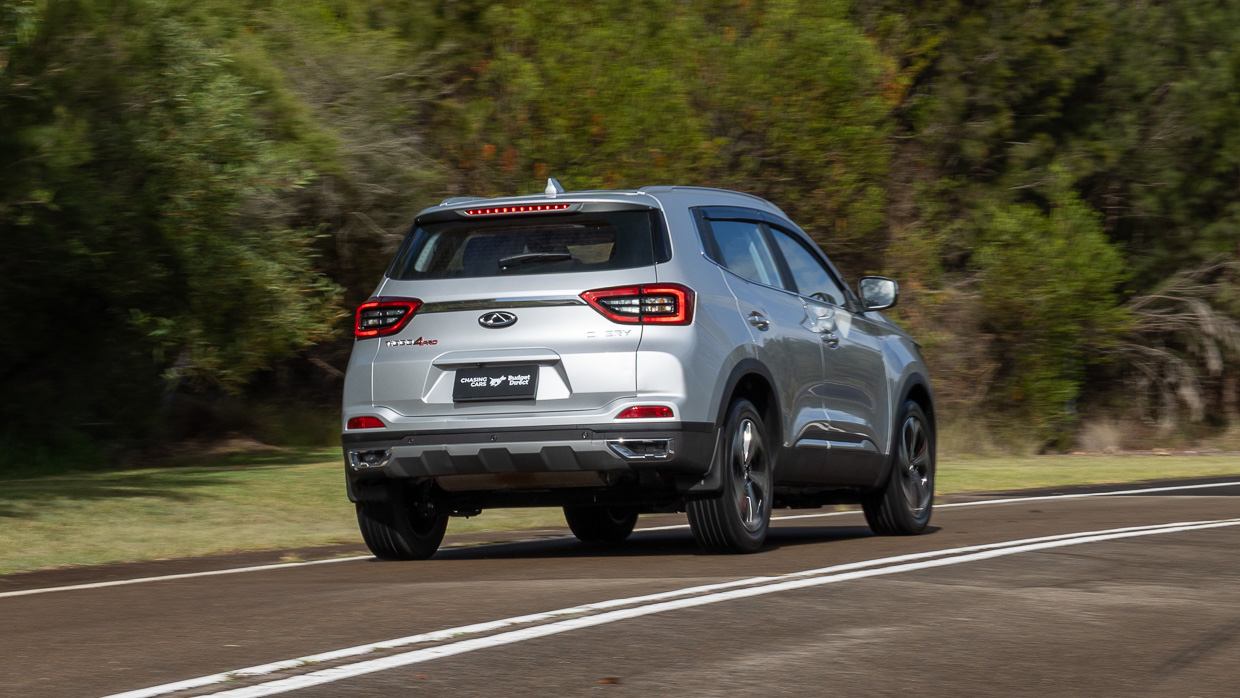
Australia’s third most popular ute in September was the Isuzu D-Max, totalling 1989 sales for September to claim seventh place overall.
The Sealion 7 electric mid-size SUV secured 1887 sales this month, taking eighth place overall.
A whisker (two sales!) behind the BYD EV was the ninth place Toyota Prado.
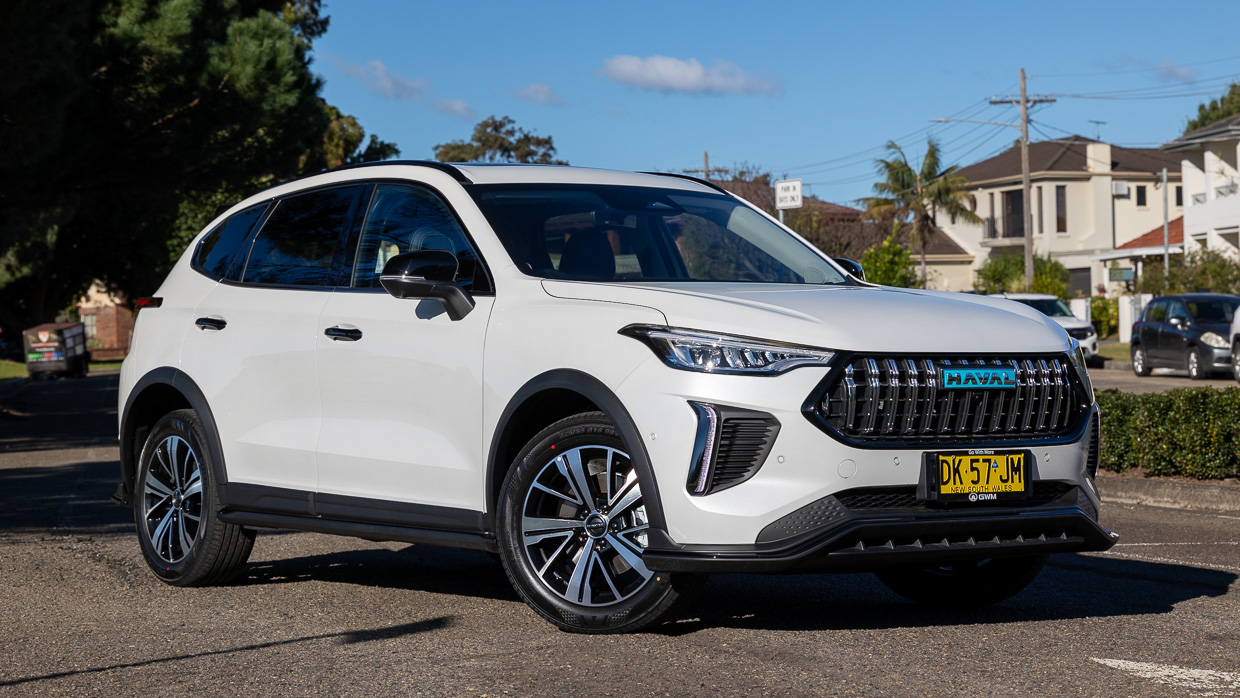
A successful month too for the similarly sized (and equally cheap) Tiggo 4 rival, the Haval Jolion. The Jolion, securing 1881 deliveries in September, took 10th place. The Jolion was undoubtedly assisted by limited time September deals offered by manufacturer GWM.
| Make / Model | September 2025 sales | September ‘24 sales | % difference |
|---|---|---|---|
| Toyota HiLux | 5047 | 4313 | 17.02 |
| Ford Ranger | 4867 | 4485 | 8.52 |
| Tesla Model Y | 3927 | 1498 | 162.15 |
| Ford Everest | 2558 | 2902 | -11.85 |
| Toyota Rav4 | 2554 | 5182 | -50.71 |
| Chery Tiggo 4 | 2048 | 0 | NA |
| Isuzu D-Max | 1989 | 2612 | -23.85 |
| BYD Sealion 7 | 1887 | 0 | NA |
| Toyota Prado | 1885 | 1 | 188400.00 |
| Haval Jolion | 1881 | 1125 | 67.20 |
b



